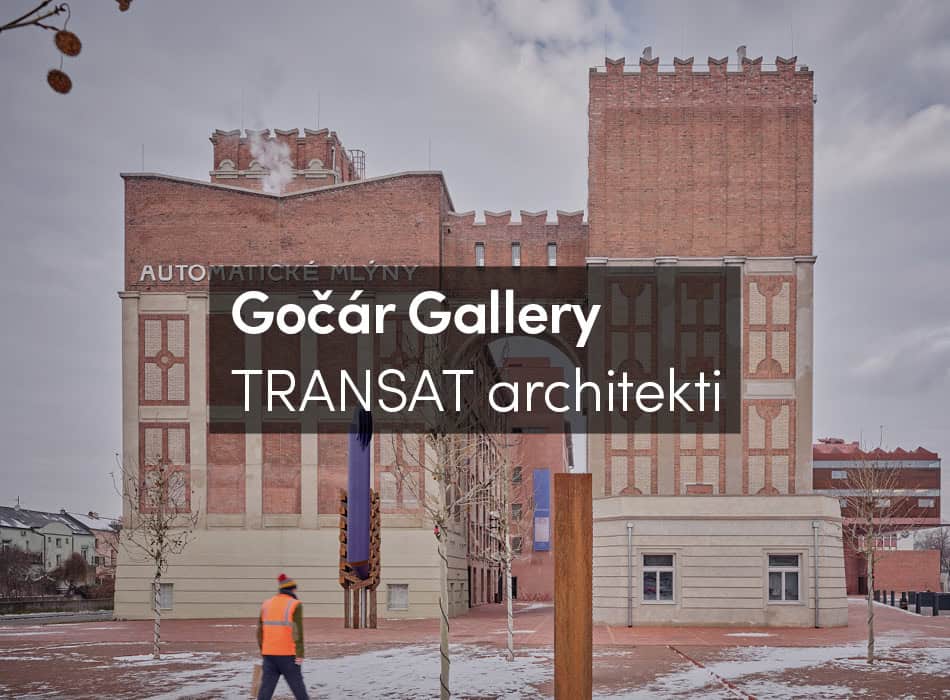In the Palestinian village of Battir, a legal case argued against the Israeli separation barrier on the grounds of nature and heritage has forced the army to freeze their plans. The village is located south of Jerusalem, close to the 1948 Green Line and to an old Ottoman railway, where the Israeli army was planning to build a new segment of its separation wall. The local landscape includes terraces and irrigation channels dating to the Roman Period, trees that are more than a thousand years old, and several other unique cultural and social elements. UNESCO included this natural and cultural heritage in its World Heritage List in 2014 after a submission from a group that included two members of Forensic Architecture.
In this context FA provided the village and various NGOs, represented by advocate Michael Sfard, with spatial and visual tools in a petition to the Israeli High Court aimed at stopping the construction of the wall in this area. The petition and our engagement in the case departed from previous strategies aiming to change the route of the wall to take into account the human rights of residents and farmers along its route. The case did not seek to improve the wall along the least invasive path, but, rather, for the first time in this forum, to claim for its impossibility tout court.
Unexpectedly for the army lawyers (and perhaps the judges) the case was brought in the name of the right of the environment, of nature and of cultural heritage. Our contribution consisted of a digital model and animation representing the effect of the wall – as an iron fence and as a concrete structure – on the environment and showing that even the most “architecturally sustainable” and “less invasive” methods proposed by the army would cause irreparable visual and environmental harm.
This strategy produced a rupture in the legal process concerning the wall, and in January 2015 Israel’s High Court froze the state plan to build the wall in Battir.

















